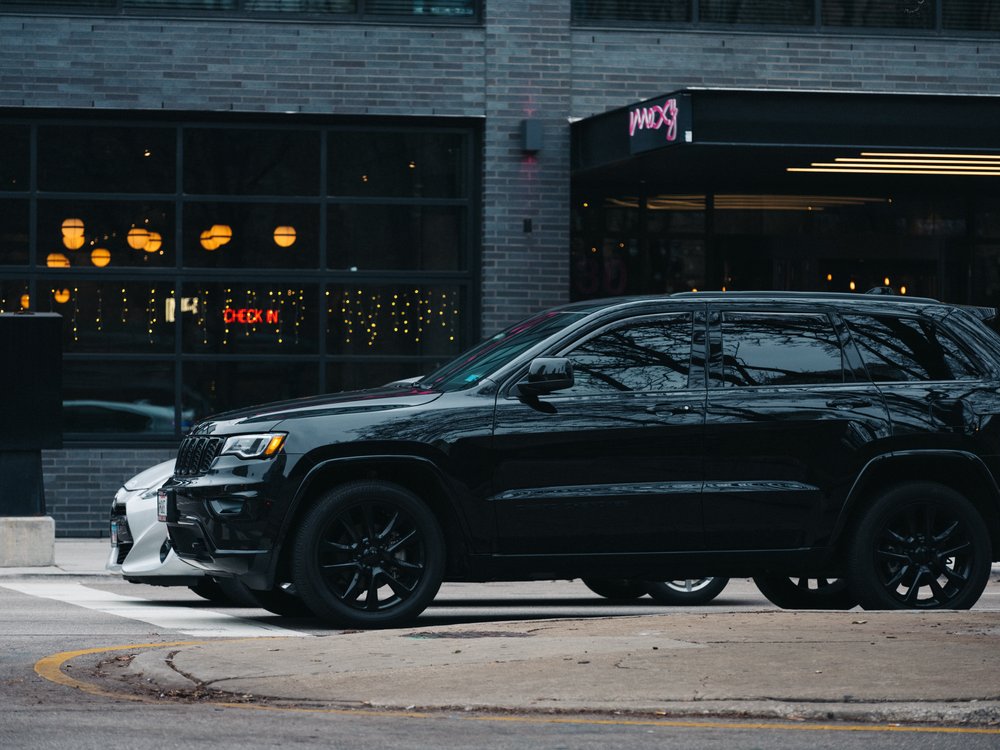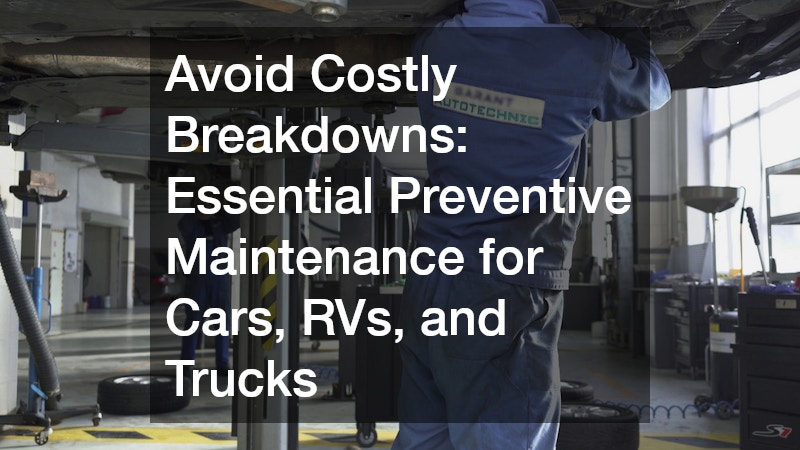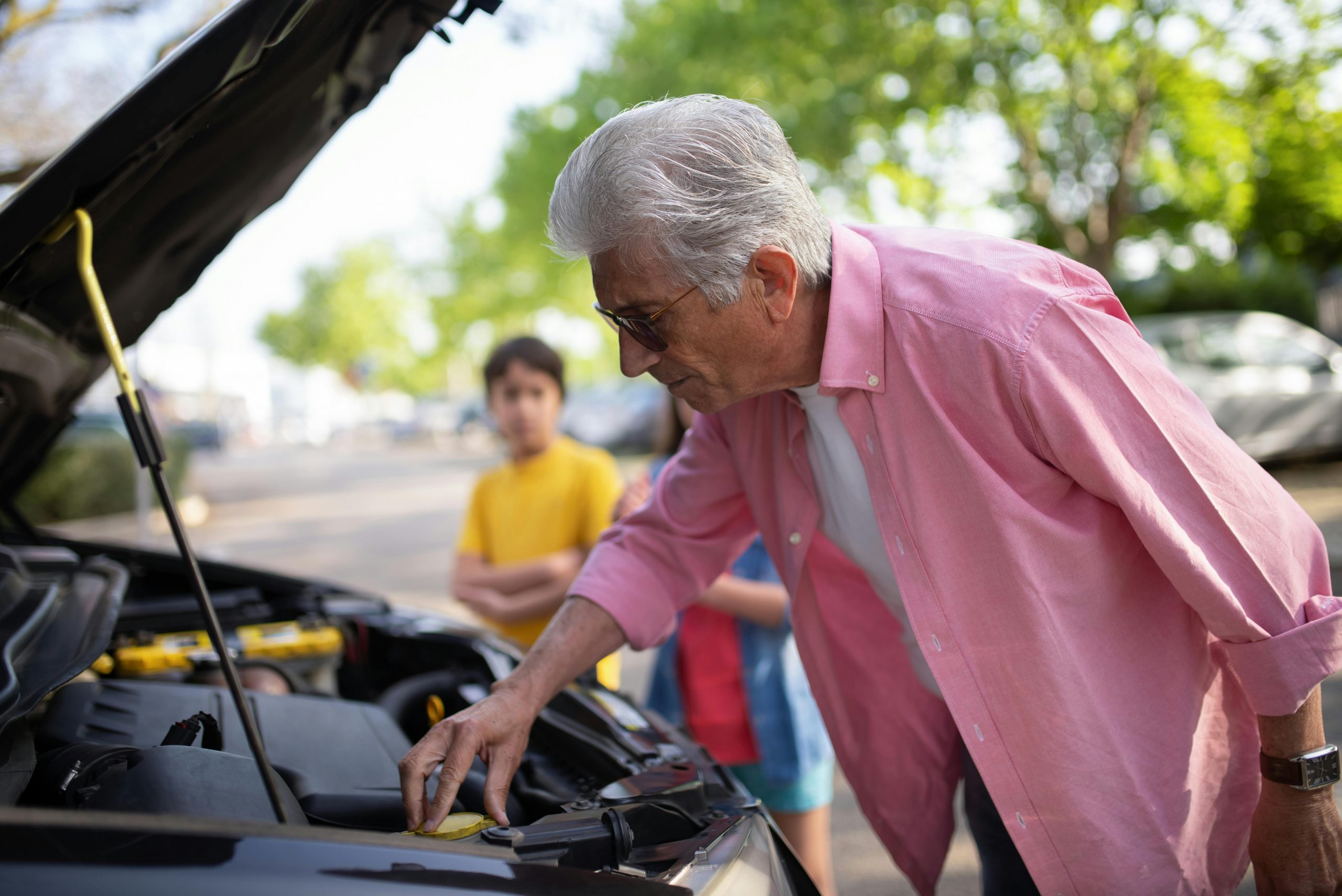During inclement weather conditions, many people have commented about seeing signs around highways and freeways warning “high profile vehicles” about high winds. But what constitutes a high profile vehicle?
First of all, let’s get one thing straight: high profile vehicles are NOT expensive or flashy cars, like an Audi S7 or a Bugatti Chiron. Although, yes, they are pretty high profile, that’s not what “high profile vehicles” mean in context.
High profile vehicles are a specific and technical term about a specific class of automobiles that are more susceptible to sudden gusts of wind.
So to answer your question . . .
What is a High Profile Vehicle?

Simply put, a high profile vehicle is a big vehicle.
Think: pickups, RVs, SUVs, vans (like the Scooby van) and so on. If it’s got a whole lot of sides and height, you can bet that it’s a high profile vehicle. The thing about these types of automobiles is that, although they’re big, beefy, sounds like a darn beast, and can haul a whole lot of you-know-what and a lot of other junk down the highway is that it’s very susceptible to crosswinds.
Here are a few examples of a high profile vehicle:
Pickup Trucks and SUVs
This one is a bit controversial because a lot of people don’t consider pickups and SUVs (and, in some cases, AUVs) as high profile vehicles because, heck, it’s not like it has a lot of height to them. Regardless, these types of vehicles have a lot of surface area (particularly pickups), much more so than smaller cars like sedans or coupes.
Even if it’s not tall, that you have a lot of space for crosswinds to touch makes your trusty pickup or bully SUV a high profile vehicle.
Box Trucks
If you look up “high profile vehicle” in the dictionary, this is the picture you’ll get: tall, narrow, with a whole lot of surface area, box trucks are the textbook definition. Yes, they come in all different sizes, but the relative risk to crosswinds to box trucks remain high because of its proportions and ridiculous side surface area.
Of box trucks, the semi is probably the most susceptible to freak gusts of wind, with some even toppling over on the highway (it’s rare, but it does happen). Most semis are dragging trailers that usually more than 50 feet long and around 9 feet high, giving you a surface area of about 450 square feet. It’s a lot of space for the wind to hit.
RV

Again, it’s not about the height, it’s about the girth, and from the side, RVs are practically just boxes on a set of wheels. And, of course, the bigger your RV, the higher your risk of getting affected by crosswinds. Yes, there are stabilizers to keep your RV in place if you’re camped somewhere, but if you’re barreling down the highway, chances are big that you’re going to get broadsided by a rogue gust and make it feel like you’re going to flip. You probably won’t, but it’s enough to give any driver the heebie-jeebies.
To reiterate, a high profile is any vehicle that has a large, exposed surface area that cross winds can affect. This means that vehicles like trucks (from multi-wheel semis to light container trucks), trailers and even some SUV’s can be considered a high profile vehicle.
In this context, the term “high profile” refers to the large sides, or profile, of a vehicle, and NOT its personality, as some people mistakenly believe. High profile vehicles are often warned about strong winds because these vehicles are often traveling at relatively faster speeds, which means their large surface area makes them prone to being hit by sudden gusts of cross winds that could potentially knock them over.
The risk of high winds is different for each vehicle, depending entirely on their center of gravity, weight and of course, wind speeds. However, high profile vehicles need to take certain precautions like reducing travel speed or figuring out a way for the wind to pass through their sides.
In the US, individual states have differing laws that govern whether or not a high profile vehicle can travel during inclement weather; some states can even issue travel bans on high profile vehicles if the winds are strong enough.
What Do High Profile Vehicles Need to Worry About?

As mentioned, there are a few factors that govern what constitutes as a risk to high profile vehicles. Of course, a slight breeze or barreling down the freeway won’t exactly turn your SUV into a makeshift rollercoaster (which isn’t fun, unless you’re offroading).
If you’ve ever driven down the interstate, you know how bad crosswinds can get: one minute, you’re driving with your pickup, doing 65-70mph down the highway and everything’s smooth-sailing until whoosh! Your car gets hit in the side with what-feels-like a slap from an invisible giant and it just rattles both you and your car to the core. That’s crosswinds for ya.
What’s worse is that these gusts of wind can come out of nowhere; there doesn’t have to be a storm or a snow flurry to create strong winds that slice across the freeway. Despite clear skies and a sunny day, high winds can be just as dangerous for high profile vehicles as hurricanes. Unlike other vehicles, like sedans, large vehicles have a tendency to get knocked over by high wind speed.
High winds are defined as gusts of air that are over 30mph or above 50kmh, or a 7 on the Beaufort Wind Force Scale.
On the highway, high winds can pose more than its fair share of troubles:
- Strong winds can blow various forms of debris onto freeways, from tree branches and small pieces of gravel to tarps and loose man-made objects. These objects, although harmless on their own, can be extremely damaging when run over at fast traveling speeds.
- If the wind is strong enough, it can knock down small trees and bushes from the side of the road and onto the highway.
- High winds can kick up dust and dirt, lowering visibility and increasing the chances of debris hitting your windows and windshields.
- High profile vehicles with narrow sides can easily be knocked over while traveling.
- High winds coupled with rain are even more precarious, with high profile vehicles becoming more susceptible to losing control while traveling at even moderate speeds.
One way to minimize your risk for rolling over amid high winds is to weigh down your high profile vehicle. Other safety practices also apply.
Driving Your High Profile Vehicle Safely During High Winds

When driving your high profile vehicles during high winds or other inclement weather, it’s best to treat it like winter conditions; stay on the lower gears for more torque, ease up on the accelerator, stay as alert as possible, and be ready to do some defensive driving should you lose control.
Other things you can to drive your high profile vehicle safely during high winds:
- Look out for weather reports. The U.S. National Weather Service regularly puts out weather advisories whenever high winds are present in a particular region. Usually, the U.S. National Weather Service will introduce a High Wind Watch if there are sustained winds of 40mph and above, or if they’re expecting high winds in the next 12 hours.
- Practice basic driving safety. Hold the wheel firmly with both hands in the 9 and 3-o’clock positions, the recommended technique. However, if your vehicle has a large-diameter steering wheel and has no airbag, the 10 and 2-o’clock positions are better. And always buckle up.
- Stay well below the speed limit. It’s there for a reason, ESPECIALLY during inclement weather conditions. During high winds, it’s better to stay as close to the minimum speed limit as much as possible. This increases your chances of staying in control should a strong gust of wind hit your high profile vehicle.
- Turn on your headlights if the winds kick up dust. Low visibility coupled by unchecked speeds is a surefire way to get into an accident.
- Be wary of other high profile vehicles, especially the ones towing cargo like 18-wheelers, tow trucks, or trailers. Sudden wind gusts can knock cargo off of these high profile vehicles and instantly turn the road into a dangerous obstacle course.
- Watch out for foreign objects that are littering the road. Again, small objects might seem harmless, but running one over can have unintended consequences, like having that object thrown up into the air and onto the car behind you, or worse, puncturing your wheels and spinning you out of control.
- If you find yourself caught in a side wind, remember: steer in the opposite direction. Be gentle when turning the wheel, as sudden jerking movements can cause you to spin.
- Head winds and tail winds can be easier to deal with as they have less of a chance of knocking your vehicle on its side. Given that, however, be alert anyways: if strong tail winds are pushing your vehicle faster, ease up on the accelerator and DO NOT use your brakes to slow down, as this can cause your vehicle to spin.
What are Safety Options Available in a High Profile Vehicle?
The safety options in high end vehicles are generally the same as in the normal minivan. A further advantage is that the vehicle also has several highly advanced technological features including ABS, several Airbag Systems for all seating areas, air brake systems and brakes.
All of these provide the most efficient protection to prevent accidents. A high visibility vehicle has the most serious safety issues due to slackening on the streets in rainy weather or on windy days. If the driver has no attention they could quickly fall off the side of the road.
As always, always be safe when driving, be alert and be courteous to other people on the road, especially in a high profile vehicle.




